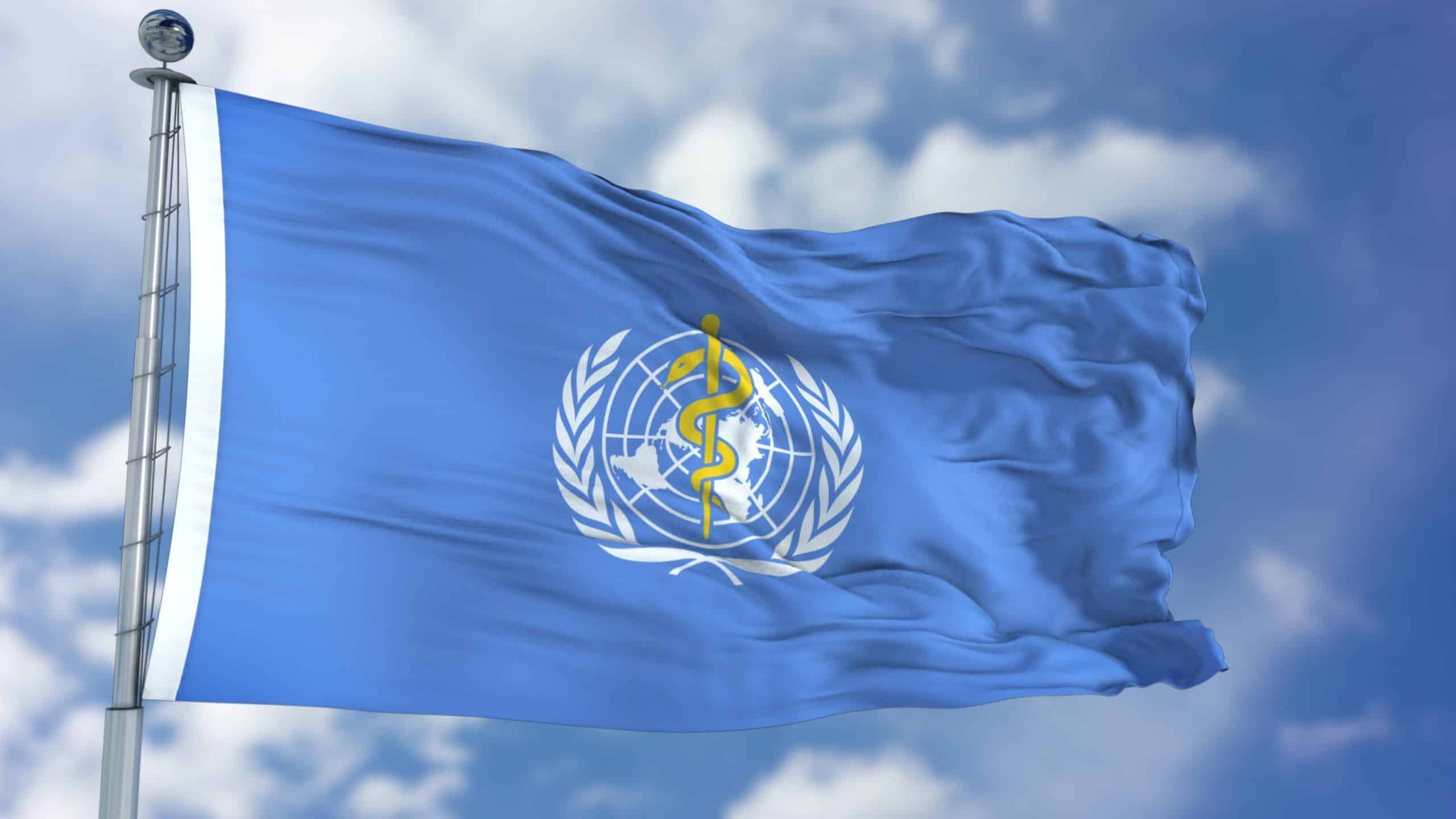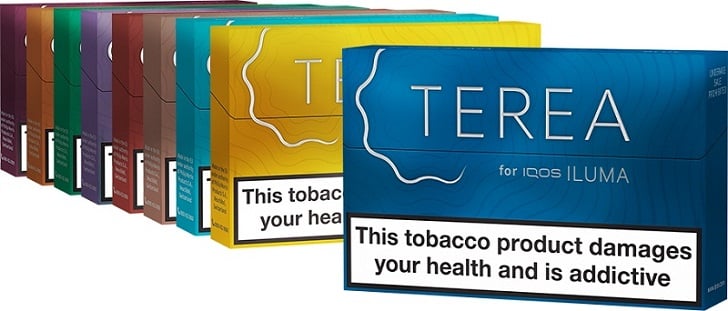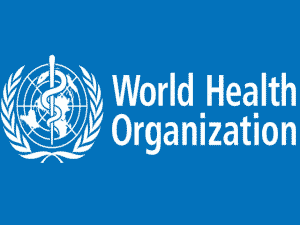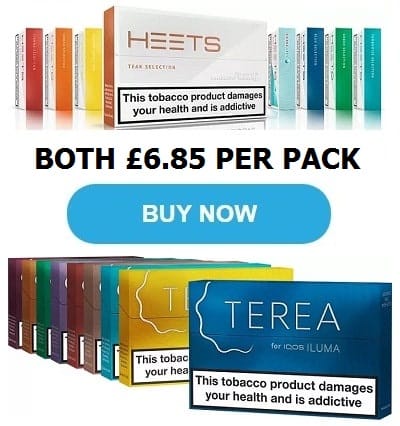
Framework Convention for Tobacco Control looking at ALL reduced risk products
Two days ago, the Framework Convention for Tobacco Control (FCTC) released a statement in relation to “novel and emerging nicotine and tobacco products” which builds on the disastrous history of the Conference Of the Parties (COP).
A quick refresher on the WHO FCTC first. It is a global public health treaty. It is supposed to be evidence-based. It was initially developed as a response to, what many in public health believe to be, a global tobacco epidemic. In short, it is a taxpayer funded (with some billionaire philanthropist donations) boondoggle designed, at least to begin with, to combat the harms from smoking. Except it has long since morphed into a global crusade against the tobacco industry and any form of reduced risk product. This really shouldn’t come as any surprise.
In the latest press from the FCTC, the Secretariat led by Vera Luiza da Costa e Silva calls on all signatory Parties to the Convention to “remain vigilant” towards, what they are calling, novel and emerging nicotine and tobacco products. In short, the Secretariat is calling for Parties to monitor closely the following broad product categories:
- Electronic Nicotine Delivery Systems (ENDS)
- Electronic Non-Nicotine Delivery Systems (ENNDS)
- Heated Tobacco Products (HTPs)
Which, aside from Snus, is practically all reduced risk products that we, as vapers / heat-not-burn users, enjoy.
Allowing such products to penetrate national markets without regulating them could threaten implementation of tobacco control strategies, as well as could undermine the denormalization of tobacco use upheld by the Convention.
Aside from the obvious issue in that most Parties markets, there is some form of regulation – for the EU it is the Tobacco Products Directive. In 2014 at the 6 th Conference Of the Parties, it was recommended to the Parties that ENDS/ENNDS (as the WHO term them) should be prohibited or regulated either as tobacco products, medicinal products or consumer products. Unsurprisingly, none of the COP Parties chose to regulate them as consumer products.
This stance was furthered by the 7th COP in India with the FCTC calling on the Parties to apply regulatory measures to prohibit or restrict the manufacture, import, distribution, presentation, sale and use of ENDS/ENNDS. At COP8, this call was extended to cover heat-not-burn products also.
A brief sojourn is required here.
Under the Framework Convention – essentially a treaty – there is a specific section that the WHO FCTC is blatantly disregarding:
Article 1 – Use of Terms
Specifically, Article 1 (d):
- “tobacco control” means a range of supply, demand and harm reduction strategies that aim to improve the health of a population by eliminating or likely effect of promoting a tobacco product or tobacco use either directly or indirectly
Essentially, it is ‘baked in’ to the international tobacco control treaty, harm reduction is a core component of the definition of ‘tobacco control’.
Article 1 (f):
- “tobacco products” means products entirely or partly made of the leaf tobacco as raw material which are manufactured to be used for smoking, sucking, chewing or snuffing.
This is akin to the rules in the US which define a product as “derived from” tobacco. Thereby, any product that uses nicotine is essentially classified as a tobacco product under the international treaty.
According to Dr. Vera Luiza da Costa e Silva, Head of the Convention Secretariat “the threats of these novel products to human health are seriously looming in the horizon, flooding our streets and shops. The public health community and authorities have to be vigilant in countering the aggressive tactics by the industry to market its products to youth, cleverly using the loopholes of existing legislations. Moreover, the history of the harms of use of tobacco and tobacco-like products should not be allowed to be rewritten based on unproven and misleading claims. Vaping is a treacherous and flavored camouflage of a health disaster yet to happen if no action is taken now’’.
This is clearly a reference to the recent surge in ‘vaping related’ illnesses being reported on in the US – which is predominantly a result of illicit THC cartridges using a form of Vitamin E thickener, and not – as the media are saying – a result of nicotine vaping. The term used – “vaping” – is a deliberate conflation between vapourizing (such as the Wolkenkraft Buddy reviewed last week) and vaping using devices such as the My Blu or similar.
Naturally, the FCTC are quick to disregard any claim of harm reduction, which forms the very basis of the ‘tobacco control’ treaty:
Professor Ghazi Zaatari, Director of the Convention Secretariat-Knowledge Hub on Waterpipe Tobacco Products and Chair of the WHO Study Group on Tobacco Product Regulation (TobReg) said that “these products, recently introduced into the global markets, are far from being harmless. The notion of harm reduction is a trap by the tobacco industry trying to perpetuate nicotine addiction’’.
Thus, by disregarding any form of reduced risk product as a “tobacco industry ploy” the FCTC is full steam ahead for expanding their remit once again:
To counter them, the Conference of the Parties, in its decision FCTC/COP8(22), reminds Parties about their commitments under the WHO FCTC when addressing the challenges posed by novel and emerging tobacco products and consider prioritizing, among other measures, to protect tobacco-control policies and activities from all commercial and other vested interests related to novel and emerging tobacco products, including interests of the tobacco industry, in accordance with Article 5.3 of the WHO FCTC. Furthermore, in the same decision, Parties are reminded to apply measures regarding advertising, promotion and sponsorship of novel and emerging tobacco products in accordance with Article 13 of the WHO FCTC.
In essence, signatory Parties to the Convention are to strongly consider strong regulations or prohibition on a variety of products including vaping and heat-not-burn to (in order of priority):
- Prevent initiation of novel and emerging tobacco products
- Protect people from exposure to their emissions and to explicitly extend the scope of smoke-free legislation to include these products
- Prevent health claims from being made about novel and emerging products
- Apply measures regarding the advertising, promotion and sponsorship of the new products
- Regulate the contents and disclosure of contents of these new products
- Protect tobacco control policies from all commercial and other vested interests
- Regulate, including restrict or prohibit, manufacture, import, distribution, presentation, sale and use of novel and emerging tobacco products
- Apply, where appropriate, the above measures to the devices designed for consuming such products
I guess we can predict a raft of additional legislation to include these “new” products (vapourizers have been around for a very, very long time), all in the name of reaffirming the right of all people to highest standard of health.
Brilliant, huh?










